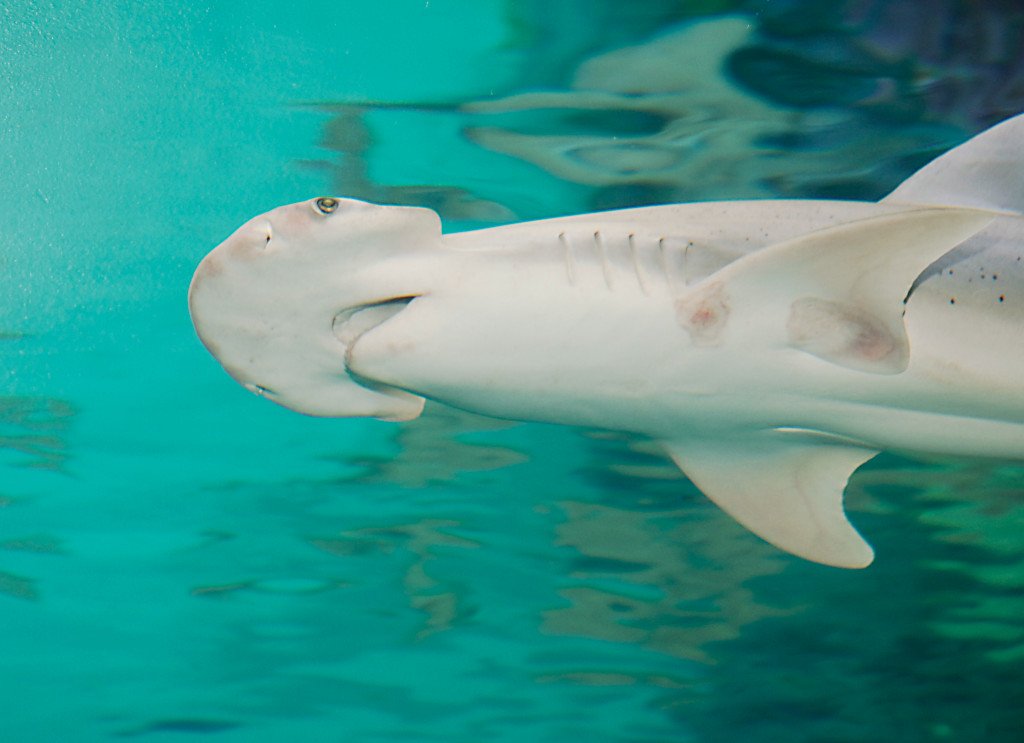Banner photo by Hannes Klostermann
CoP19 Shark Proposals
An unprecedented opportunity to properly regulate the global shark fin trade
Shark populations have plummeted worldwide — driven largely by the unregulated trade in shark fins and meat. Sharks on the high seas have suffered 70% population losses in only 50 years. Coastal species are also in trouble — 20% of reefs surveyed globally had shark populations that were functionally extinct.
Photo by Hannes Klostermann
Governments have taken significant steps in the last 10 years, recognizing that unregulated global trade is driving these declines. But it has been too little, and for some species, too late. Every year approximately 100 million sharks are killed in commercial fisheries worldwide. Only 25% of the global fin trade is currently regulated — which means for 75% there’s no regulation in place to verify legal source or make sure the trade doesn’t pose a risk to species survival. Action is long overdue — 70% of species in trade are already threatened with extinction. For any trade to continue, governments must ensure any shark in trade has sustainable limits. Given the conservative biology of sharks and rays, their susceptibility to overfishing and severe declines already seen for many species, CITES Appendix II regulation of the entire shark fin trade is the minimum first step governments must make.
The shark proposals for CoP19 represent an unprecedented opportunity for governments to finally bring the majority of the global shark fin trade under regulation. This will provide much needed limitations to species threatened with extinction, while providing a sustainable framework for long term trade of species whose populations are still healthy.
To accomplish this, Panama and the EU have put forward proposals to list the remaining Carcharhinidae family species and Sphyrnidae family species, respectively, in Appendix II at CoP19.
Each of these proposals addresses a long-noted challenge of effective enforcement of CITES shark listings: the mixing of fins of listed and non-listed species in trade. Proponent governments have taken such concerns into account, by proposing the listing at the Family level. While not all species are currently threatened with extinction, the close visual resemblance in products within each family would complicate inspection processes and enforcement not only for fins but also for other shark derivatives such as meat and trunks. This close resemblance among species also would leave a loophole in trade regulations, potentially allowing listed species to be illegally traded as lookalike unlisted ones. The current proposals will ensure that threatened species in need of CITES listing cannot be confused for other species within the Family that are in trade, avoiding further population declines and potential Appendix I listings in the future.
Requiem Sharks
Photo by Jayne Jenkins
Bonnethead Shark
Photo by Julie Larsen Maher
Guitarfishes
Photo by Blue Resources Trust
relevant Research and Resources
Pacoureau, N., Rigby, C.L., Kyne, P.M. et al. Half a century of global decline in oceanic sharks and rays. Nature 589, 567–571 (2021)
MacNeil, M.A., Chapman, D.D., Heupel, M. et al. Global status and conservation potential of reef sharks. Nature 583, 801–806 (2020)
IUCN SSC Shark Specialist Group Global Shark Trends Project 2018-2020
Fields, A.T., Fischer, G.A., Shea, S.K.H., Zhang, H., Abercrombie, D.L., Feldheim, K.A., Babcock, E.A. and Chapman, D.D. (2018), Species composition of the international shark fin trade assessed through a retail-market survey in Hong Kong. Conservation Biology, 32: 376-389




